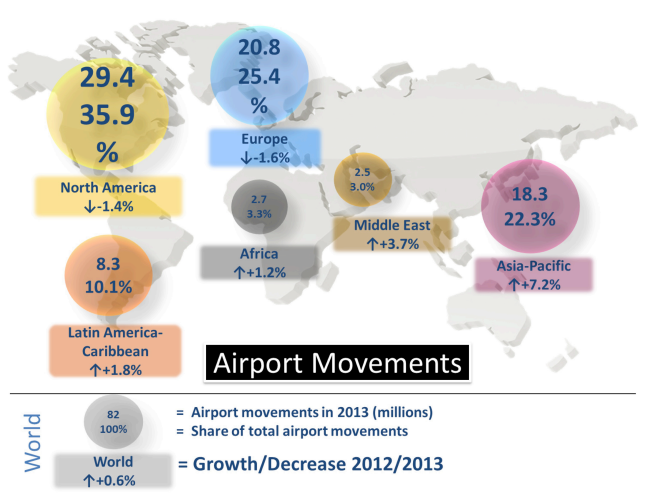
CIVIL AIR NAVIGATION SERVICES ORGANIZATION (CANSO)
Aviation is a key sector in the world economy. It both drives and supports global economic growth. On a global level the aviation market was boosted by strong growth in emerging markets, transporting approximately 3.1 billion people and 49.3 million tonnes of cargo according to the International Air Transport Association (IATA) in 2013. Airports Council International (ACI) figures show 4.6% growth in passengers compared with 2.4% growth in global GDP, reflecting the continued economic recovery after the financial and economic crises of 2008-2009. For air navigation services (ANS) the key measures of activity are Instrument Flight Rules (IFR) flights, IFR flight hours and IFR airport movements.





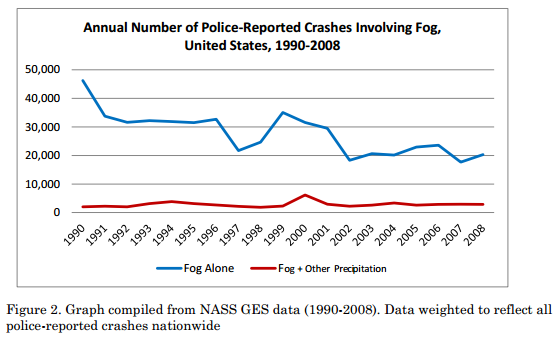
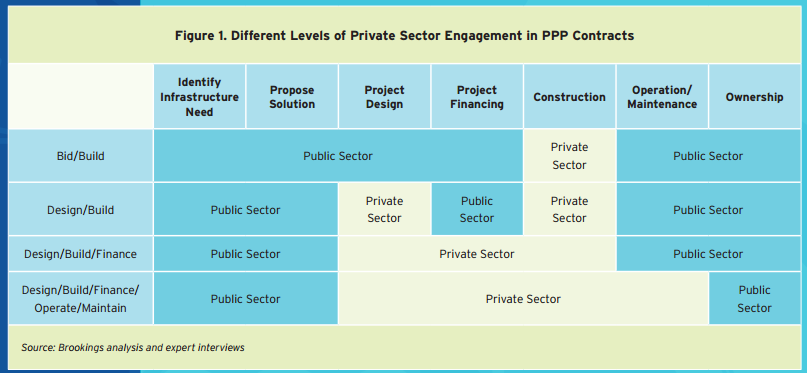


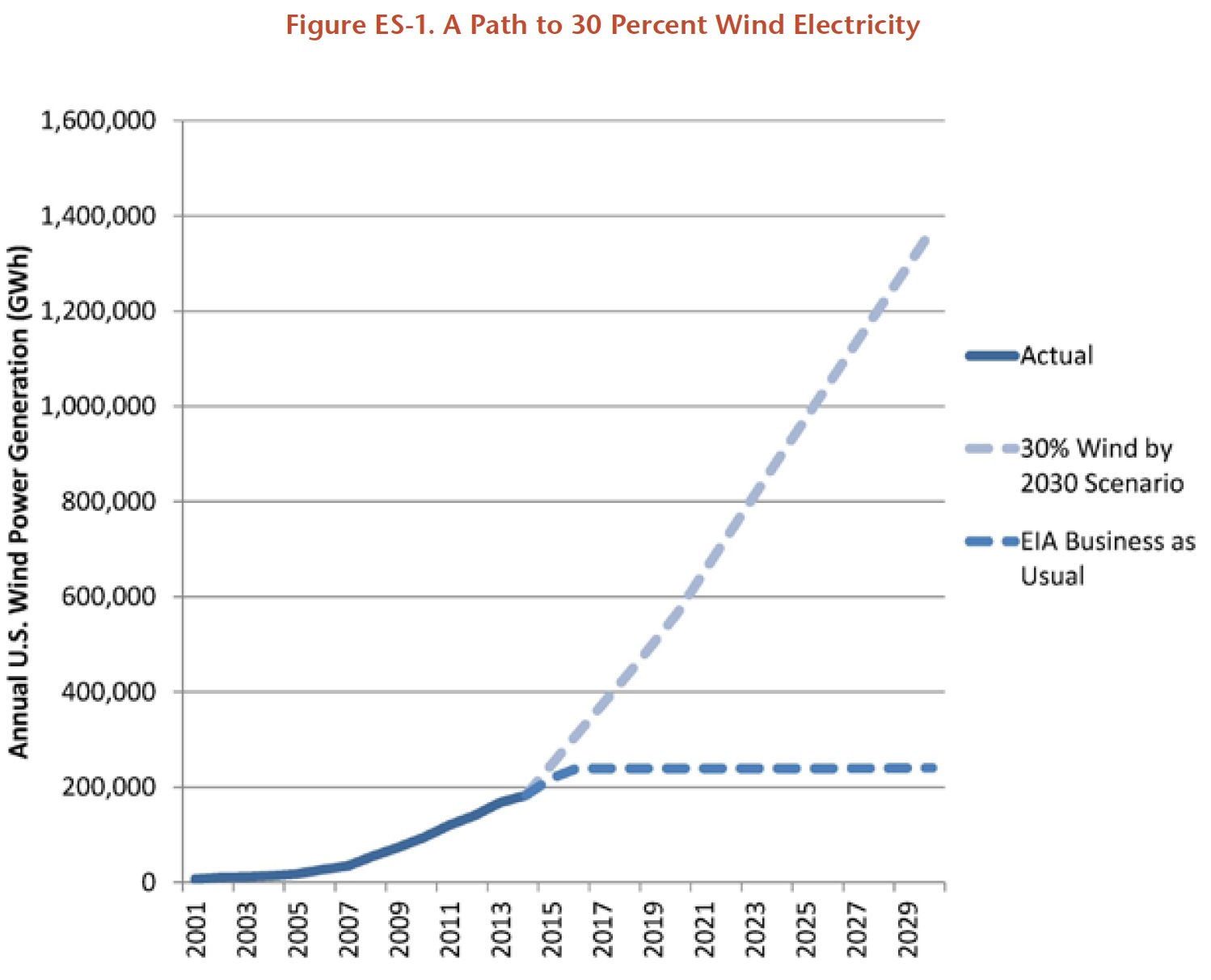
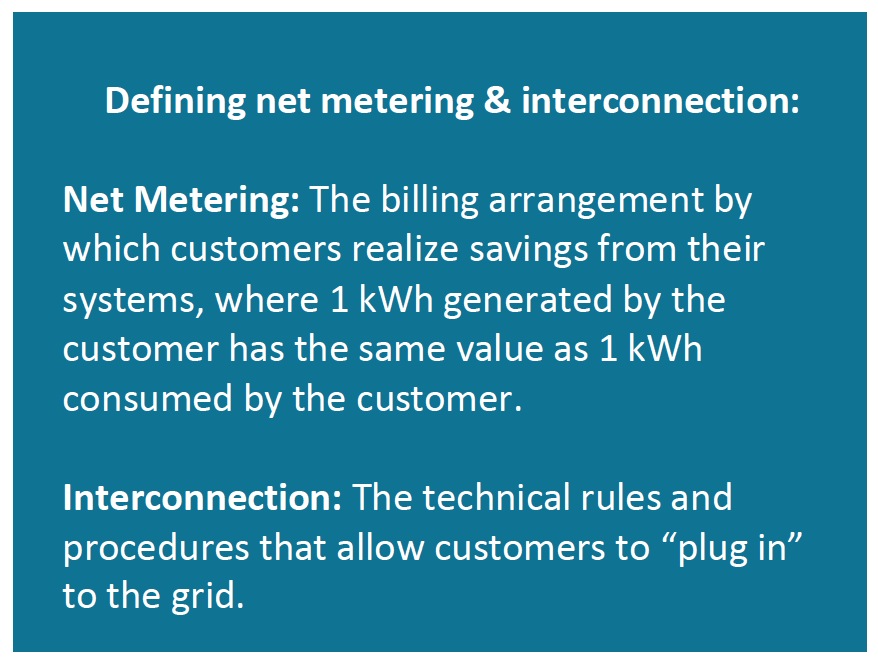
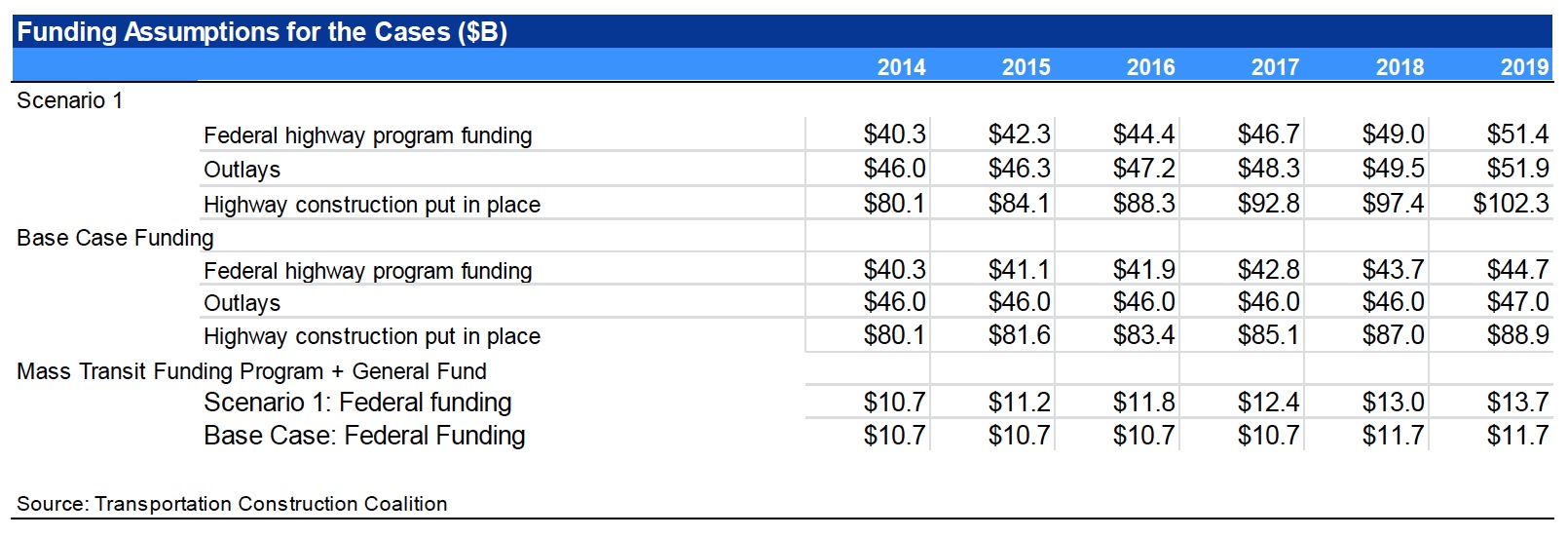
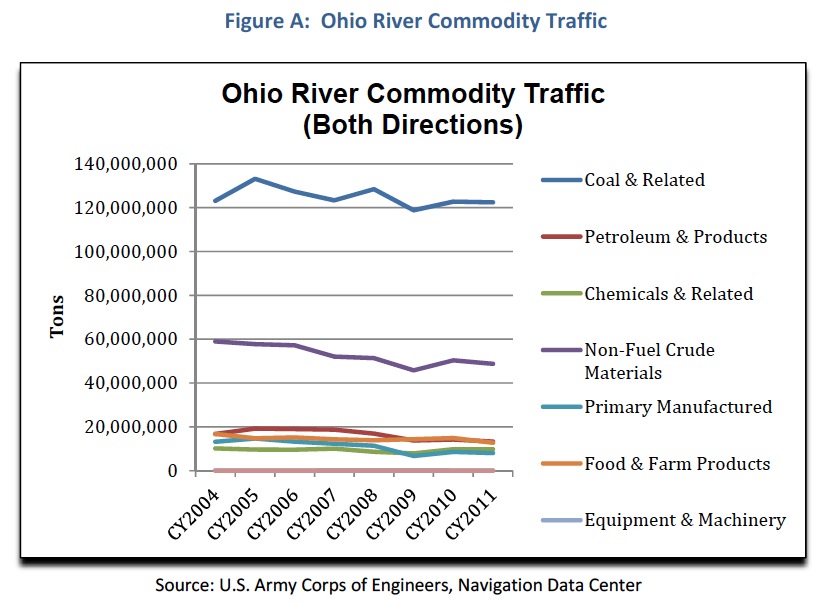

 RSS Feed
RSS Feed